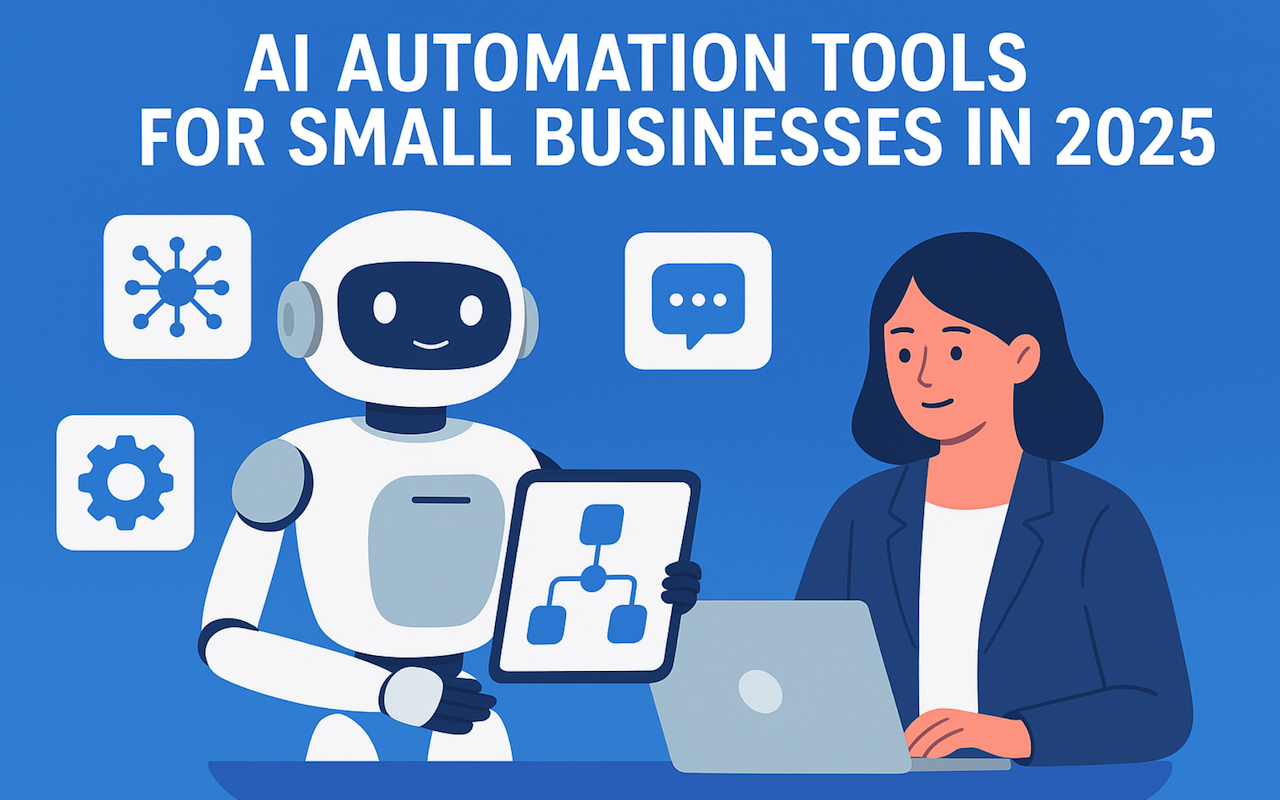
Web development project does not refer to development of an attractive looking site. It is an organized practice covering the design, creation, testing and implementation of a web site or web program to serve a definite purpose in business. A professionally done web development project be it a portfolio or eCommerce site, blog or enterprise level application can greatly affect user experience, build credibility to the brand, and intensify the performance of a business.
Understanding the Purpose of the Web Project
The purpose of the project is the first and most critical step in any web development process. This involves identifying the client’s or company’s goals, understanding the target audience, and clarifying the issues the website is intended to resolve. Whether the objective is to sell products, generate leads, or provide information, the website’s structure and content must align with these goals.
This stage typically includes collaborative sessions with stakeholders, web developers, designers, content creators, and, in some cases, a business mentor who provides strategic guidance to ensure the project’s objectives are aligned with broader business outcomes. Together, they define the project scope, essential features, and the key performance indicators that will measure success. Effective goal setting keeps the development team focused and aligned throughout the entire project lifecycle.
Planning and Wireframing
After identifying the purpose, one enters in to the planning stage. This will entail the design of a sitemap, which will include all the pages that are needed and how the visitor will make their way to them. The wireframing also falls under this stage whereby simpler but rough designs of layouts are done to help envisage how the various pages such as headings, footers, body of text and call to actions would be positioned.
Wireframes are quite valuable because they act as a guide to be used by the designers and developers. Early in development it is much easier to make changes than late in it. Such step also includes determining what technologies, platforms are going to be utilized, including content management systems (CMS), frameworks, programming languages, and database.
Designing the User Interface
After approval of the wireframes, project enters the stage of design. This is the most creative part of the development of the web project. The designers compose mock-up and high-definition visualizations of the site, so that the color profile, font use, graphics, and general look and feel are compatible with the brand.
Design is crucial to user experience (UX), as well. Though the good interface must be aesthetically pleasing, a well-designed interface must make the process of interaction with the user easily understandable. The idea is to lessen resistance, maintain the interest of the users and lead them to the intended consequence be it entering a contact form or making a purchase.
Front-End and Back-End Development
Once a design has been reached, development takes place. In this section of the project, there are two broad sections namely front-end and back-end development.
Frontend development emphasizes the graphic on how the site appears since it deals with HTML, CSS and JavaScript. This will make sure that the site looks and acts as planned across several devices and browsers. The element of responsive design comes in handy here to ensure the site is well presented on the desktops as well as on mobile platforms.
Back-end development deals with the development of the server-side capabilities that are required to drive the functionalities of the said site. This involves developing databases, API development, and third-party services. Possible technologies in this case could be such as PHP, Python or Node.js or Ruby on Rails. Back-end is what helps control usages of user identification, carries with it the process of handling information as well as the control of security.
Testing and Quality Assurance
After the development is finished, the site is subjected to the stage of testing. This move is essential so that the site can work well in both browsers, handsets, and screens. This is done by functional tests, usability tests, performance tests and security checks.
Quality assurance teams spot bugs or inconsistencies and collaborate with developers to eliminate them. This step can also involve the accessibility testing to verify that the web page can be used by the people with disabilities, according to the guidelines such as WCAG (Web Content Accessibility Guidelines).
Deployment and Launch
Finally, all the tests completed and final approvals made, the site is ready to be launched. This is the process of moving the site off its staging environment to a production server. It is the stage at which domain configuration, SSL setup, and last optimization of the performance are done.
When an Internet development undertaking is launched, real-time tracking is usually done so that all can go on as desired. Programmers are observing any kind of the problems that may occur suddenly and are ready to eliminate them in the shortest possible time. Communication of the launch with the stakeholders and the users is critical and is usually followed by some promotional activities, e.g., social media news about the launch or emails.
Post-Launch Maintenance and Updates
A web development undertaking is not finished upon launch. The maintenance of the web site must be conducted regularly to keep the site safe, current, and in line with the changing user needs. This can be the increment of software component updating, bug fixing, optimization, and newer features as received by the user.
Analytics tools can be utilized to monitor the behaviour of the users and the success of the site as per the initial objectives. The information obtained with the help of these tools can be used to update in the future or even perform a complete redesign in case it is necessary.
Importance of Collaboration and Communication
Collaboration is observed in all the stages of a web development project. A clear and constant communication among the team members (developers, designers, marketers, and stakeholders) will help the project remain on track and in terms of its goals. Frequent meetings, status reports, and feedbacks will eliminate confusion and lead to an easier process.
The agile method is usually successful projects, in which teams would work in a series of short-time period sprints, having features repeatedly tested and improved, and being able to adapt to the changes in scope or priority.
Conclusion
A web development exercise is an involved yet fulfilling task, which involves creativity, technical competence and strategic reasoning. Diverse activities such as setting the objective and a wireframe layout, creating the code and delivering the end product are all key parts of realizing a functional, user-friendly site. A transparency in collaboration and a well-defined development path will help businesses develop digital experiences that satisfy their needs and add genuine value to the users as well.
Share this post
Leave a comment
All comments are moderated. Spammy and bot submitted comments are deleted. Please submit the comments that are helpful to others, and we'll approve your comments. A comment that includes outbound link will only be approved if the content is relevant to the topic, and has some value to our readers.



Comments (0)
No comment